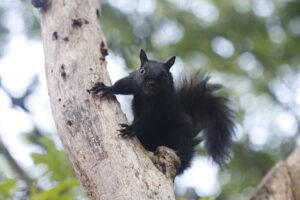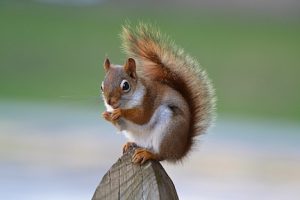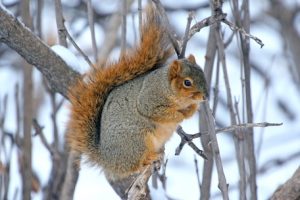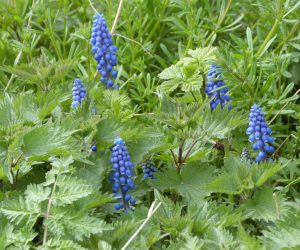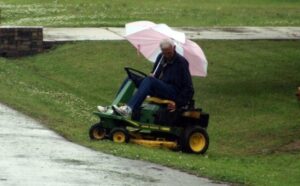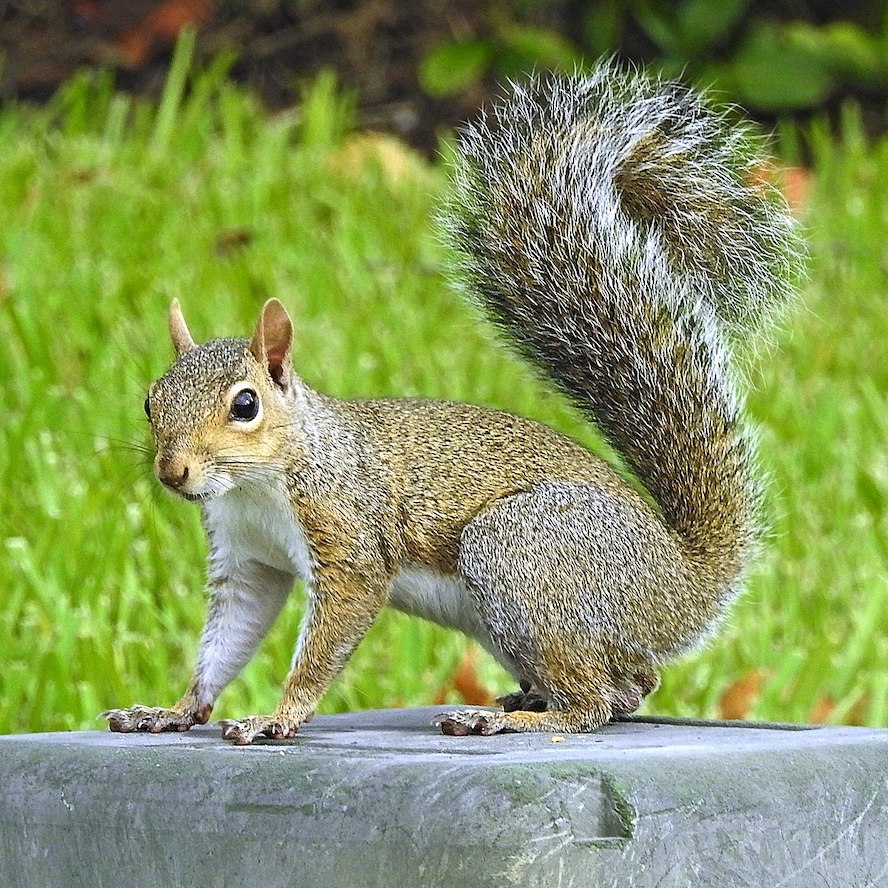
Here at Foxy Gardens, we know for a fact that Ontario, Canada, is the land of squirrels.
These small, nimble creatures are a common sight in the province’s parks, forests, and urban areas. You might just have one looking at you right now.
In this article, we’ll explore the different types of squirrels found in Ontario, their behaviour and habits throughout the seasons, and the reasons behind their affinity for visiting people’s yards.
The Squirrels of Ontario
Ontario boasts three primary squirrel species, each with unique characteristics and adaptations:
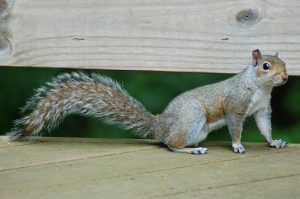
Eastern Gray Squirrel (Sciurus carolinensis)
The most common squirrel species in Ontario, the Eastern Gray Squirrel, is easily recognizable by its gray fur with white underparts.
They have bushy tails that help them maintain balance while leaping from tree to tree.
Red Squirrel (Tamiasciurus hudsonicus)
Smaller than the Eastern Gray Squirrel, the Red Squirrel has a reddish-brown coat with white belly fur.
They are highly territorial and vocal, known for their distinct chattering calls.
Fox Squirrel (Sciurus niger)
Larger than both the Eastern Gray and Red Squirrels, the Fox Squirrel boasts a mix of red, brown, and black fur.
They prefer wooded areas with mature trees and are less common in urban settings compared to their counterparts.
Seasonal Behavior and Habits

Spring
During spring, squirrels are highly active as they emerge from their winter dens.
The warming weather prompts them to forage for food actively. Seeds, nuts, and berries become their primary food sources.
This season also marks the breeding period, and squirrel courtship displays can be observed.
They engage in energetic chases and acrobatic leaps, showcasing their agility and strength.

Summer
As the days grow longer and the temperatures rise, squirrels continue to gather food for the upcoming winter.
They may indulge in fruits like apples and cherries when available.
During this time, squirrels might exhibit more territorial behavior, particularly the Red Squirrels.
They can become quite vocal in defending their territory from intruders.

Fall
Autumn is a busy time for squirrels, known as “scatter-hoarders.”
They collect and bury nuts across their territory to create caches that they’ll rely on during winter’s scarcity.
Their remarkable spatial memory allows them to locate these caches when needed.
You may observe squirrels busily scurrying around, gathering and burying acorns, hickory nuts, and other tree seeds.
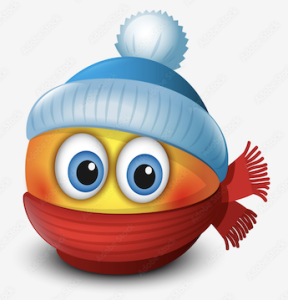
Winter
In winter, squirrels are less active as they spend more time in their nests or dens.
They rely on the stored food they buried during the fall, using their keen sense of smell to locate their caches beneath the snow.
On particularly cold days, squirrels may venture out briefly to retrieve cached food or consume whatever sustenance they can find.
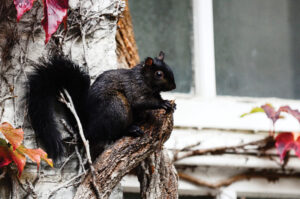
Why Squirrels Visit People’s Yards
Squirrels’ presence in people’s yards is not purely coincidental; it can be attributed to several factors:
Food Availability
Human-populated areas often provide an abundant supply of food for squirrels.
Bird feeders filled with seeds, nuts, or suet are enticing sources of nutrition for these curious rodents.
Fruit-bearing trees and shrubs in gardens can also attract squirrels during the summer months.
Shelter and Nesting Sites
Squirrels are resourceful creatures and often take advantage of the shelter provided by human structures.
Attics, treehouses, and abandoned bird nests can become potential nesting sites for squirrels.
They seek warm and safe places to raise their young, making human dwellings appealing options.
Acclimation to Human Presence
Urban squirrels have adapted to living in close proximity to humans over time.
While wild squirrels may be more skittish around people, urban-dwelling squirrels are accustomed to human activity and might exhibit bolder behaviour in yards and parks.
Accessibility to Water
Access to water sources is crucial for squirrels, especially during hot summers. Birdbaths, ponds, or fountains in residential yards can provide squirrels with a convenient water supply.
Conclusion
Ontario’s squirrels offer an enchanting glimpse into the wonders of nature, captivating residents and visitors alike.
Through their behaviour and habits across the seasons, these agile rodents demonstrate their remarkable ability to adapt and thrive in diverse environments.
While their frequent visits to people’s yards may initially seem surprising, a deeper understanding of their needs and the resources offered by human settlements sheds light on this endearing relationship between squirrels and humans in Ontario.
As we continue to appreciate and coexist with these delightful creatures, it becomes essential to strike a balance that ensures their well-being in the face of ongoing urbanization and habitat changes.

